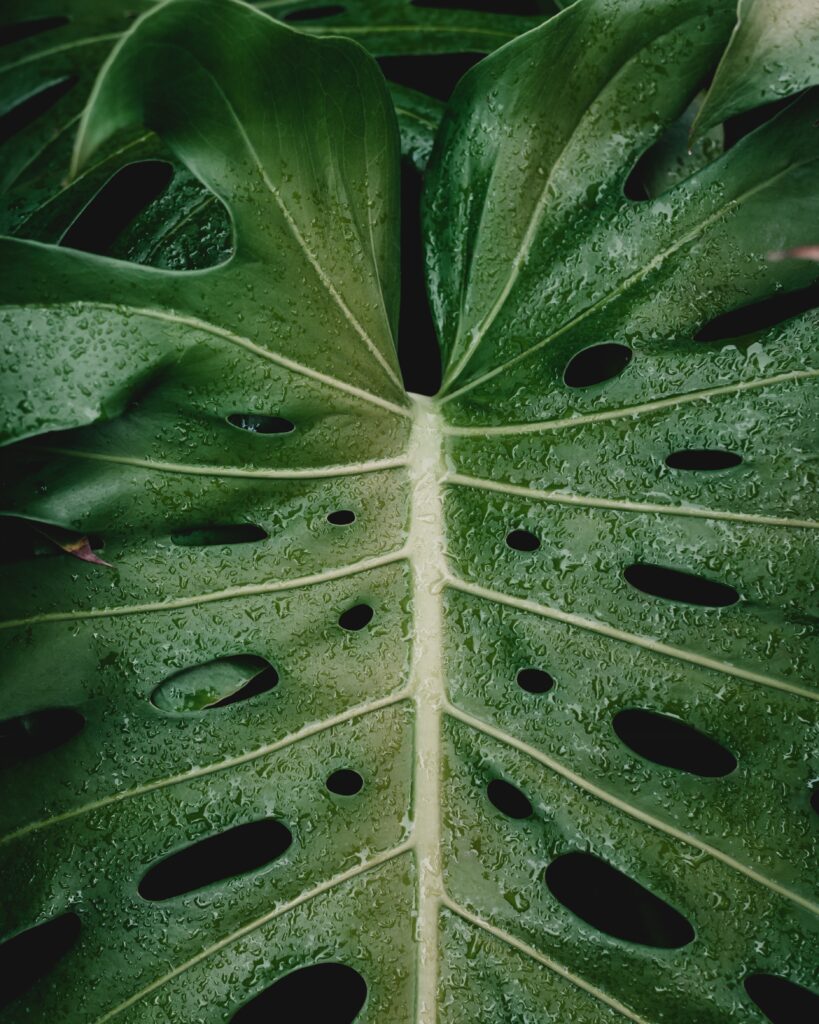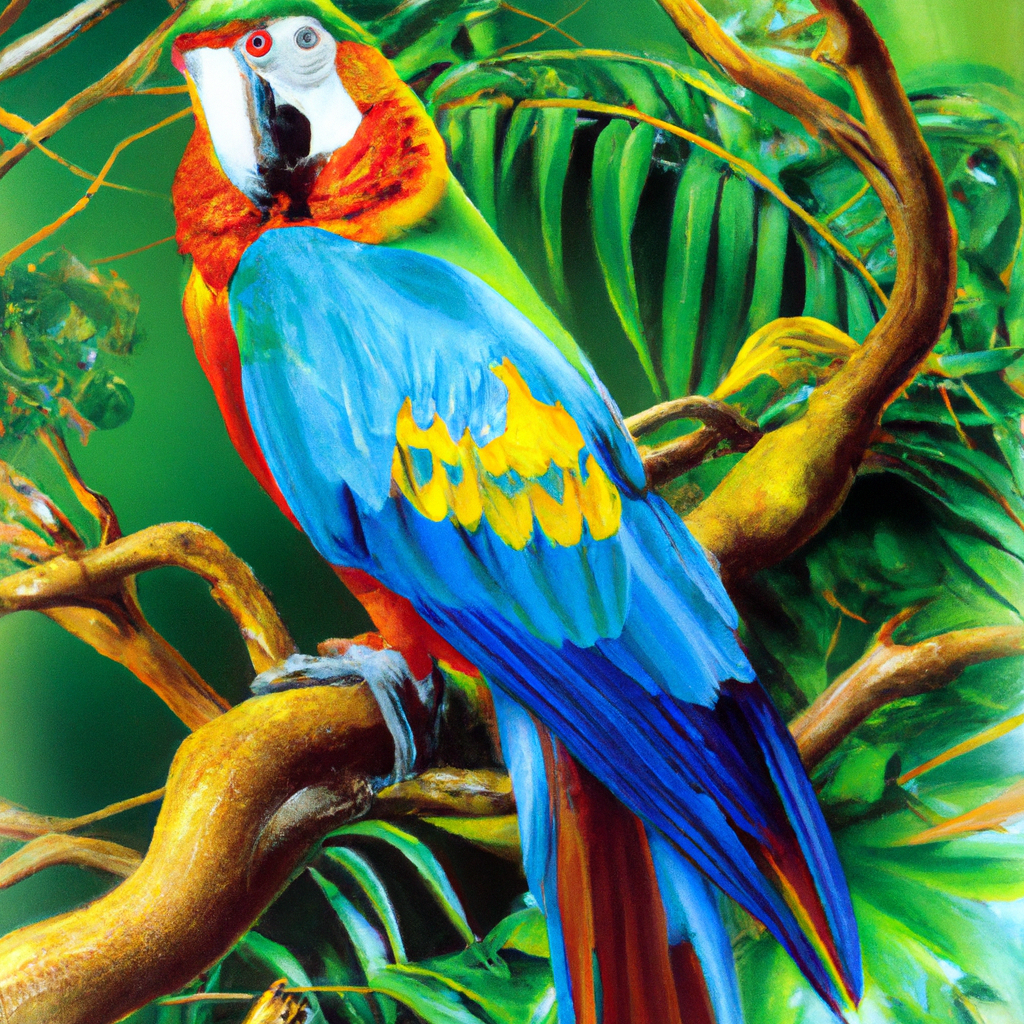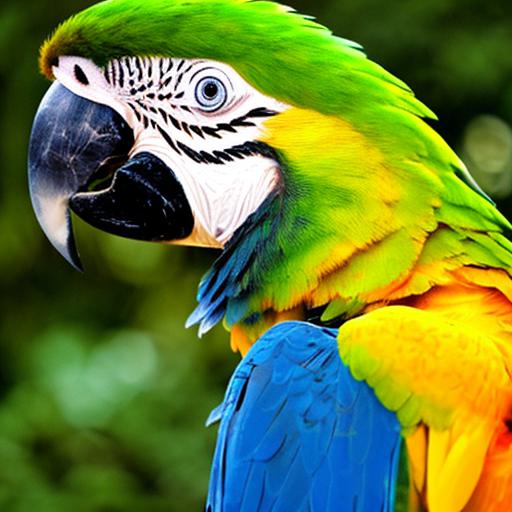The Macaw (Ara) is a majestic and captivating bird known for its vibrant colors and impressive size. With a wingspan that can reach up to 4 feet, the Macaw commands attention wherever it goes. Native to the rainforests of Central and South America, this intelligent creature is revered for its ability to mimic human speech and its distinctive loud call that can be heard from miles away. In this article, we will explore the fascinating world of the Macaw, delving into its physical characteristics, habitat, behavior, and the importance of conservation efforts to protect this endangered species.
Appearance
Physical characteristics
Macaws are large, majestic birds known for their brilliant plumage and distinctive long tails. They have a strong, hooked beak that is designed for cracking open nuts and seeds. Macaws also have a large wingspan, ranging from 31 to 43 inches, which allows them to soar through the skies with ease. These birds have a stocky build, with strong legs and feet that are adapted for climbing and perching on tree branches.
Color variations
Macaws come in a stunning array of vibrant colors, making them some of the most visually striking birds in the avian world. The dominant colors include vivid shades of blue, yellow, green, and red. The feathers of each individual macaw can vary greatly, with some featuring a single color and others displaying intricate patterns and color combinations. This dazzling display of hues not only serves as a beautiful spectacle in the wild, but it also helps macaws to blend into their natural habitats.
Habitat
Native range
Macaws are native to the tropical rainforests of Central and South America. They can be found in countries such as Brazil, Peru, Bolivia, and Venezuela. These vibrant and diverse ecosystems provide the perfect habitat for macaws, as they offer an abundance of food sources, nesting sites, and protection from predators.
Preferred habitats
Within their native range, macaws have a preference for inhabiting forested areas, particularly those near rivers and swamps. This allows them easy access to water and a variety of food sources. Macaws are highly adaptable and can also be found in other types of habitats, such as woodland savannas and mangrove forests. However, deforestation and habitat loss pose significant threats to the macaw population, as their preferred habitats are being rapidly destroyed.
Diet
Food preferences
Macaws are primarily herbivores, with a diet that mainly consists of fruits, nuts, seeds, and vegetation. They have a strong beak that enables them to crack open hard shells and extract the nutritious content within. Some of their favorite foods include palm nuts, berries, mangos, and figs. Macaws also play an important role in seed dispersal within their habitats, as they consume fruits and later excrete the undigested seeds, helping to regenerate and maintain the diverse plant life in their ecosystems.
Feeding habits
Macaws typically forage for food in the canopy of trees, using their agility and powerful wings to navigate through the dense foliage. They can often be seen hanging upside down or stretching themselves out in order to reach a desired food source. Macaws have a keen sense of sight and are able to locate ripe fruits and nuts with ease, even from a great distance. They are social eaters and often gather in small groups or flocks to feed, providing them with protection against potential predators while they are vulnerable during meal times.
Behavior
Social interactions
Macaws are highly social birds, often seen flying and interacting with other members of their species. They form strong bonds with their mates and typically mate for life. Within a flock, macaws engage in various social behaviors, such as preening each other’s feathers and vocalizing to communicate. These interactions help to strengthen social bonds and maintain the cohesion of the group. Macaws also have a complex hierarchy within their flocks, with dominant individuals asserting their authority over others during feeding and nesting activities.
Reproduction and nesting
Macaws are monogamous breeders, meaning they have only one mating partner for their lifetime. They engage in elaborate courtship rituals, which involve displaying their vibrant plumage, mating calls, and aerial displays. Once a pair has formed a bond, they will find a suitable nesting site, typically in the hollows of large trees or cliffs. Macaws are cavity nesters, and both parents take turns incubating the eggs and feeding the chicks. The young macaws remain dependent on their parents for several months, learning essential skills before they are ready to explore the world on their own.
Vocalizations
Macaws are known for their loud and distinct vocalizations. They have a wide range of calls, from loud squawks and screeches to soft coos and purrs. These vocalizations serve multiple purposes, such as communication within the flock, territory marking, and mating displays. Macaws have a remarkable ability to mimic human speech and other sounds in their environment, making them popular pets and performers in various entertainment shows.

This image is property of images.unsplash.com.
Conservation
Threats
Macaws face numerous threats to their survival, primarily due to habitat loss and illegal wildlife trade. Deforestation, caused by logging, agriculture, and urbanization, has resulted in the destruction and fragmentation of their natural habitats. This loss of suitable nesting sites and food sources has had a significant impact on macaw populations. Additionally, macaws are highly sought after in the illegal pet trade, leading to the capture and smuggling of these birds, further jeopardizing their numbers in the wild.
Conservation efforts
Efforts are being made to conserve and protect macaw populations both in their native habitats and in captivity. Conservation organizations are working to establish protected areas and wildlife reserves, providing safe havens for macaws to flourish. These initiatives also focus on restoring and reforesting degraded habitats, ensuring that macaws have ample resources for nesting and feeding. Furthermore, educational programs and awareness campaigns are being conducted to promote the importance of protecting macaws and their environments among local communities and international audiences.
Captive Breeding Programs
Importance and goals
Captive breeding programs play a crucial role in the conservation of macaws. They aim to breed and raise macaws in controlled environments, such as zoos and specialized breeding facilities, with the ultimate goal of reintroducing them into the wild. These programs ensure the genetic diversity and long-term survival of macaw species, while also providing valuable research opportunities to better understand their biology and behavior. Through breeding programs, the population of macaws in captivity can also serve as ambassadors for their wild counterparts, raising awareness about the threats they face and the importance of their conservation.
Challenges and successes
Captive breeding programs for macaws face numerous challenges, including the difficulty of replicating natural breeding conditions, ensuring the wellbeing of the birds in captivity, and successfully reintroducing them into the wild. However, there have been notable successes in certain macaw species, such as the Spix’s Macaw, which was declared extinct in the wild but has been successfully bred in captivity with the hope of future reintroduction. These successes are a testament to the dedication and expertise of those involved in captive breeding programs, highlighting the potential for species recovery.
Interaction with Humans
In traditional culture
Macaws have played an important role in the traditional culture of various indigenous communities in Central and South America. These vibrant birds are revered for their beauty and are often associated with spirituality and symbolism. They are featured in indigenous artwork, ceremonies, and folklore, reflecting their significance and cultural value within these societies.
As pets
Macaws have long been popular as pets due to their striking appearance and ability to mimic human speech. However, it is important to note that keeping a macaw as a pet requires a high level of commitment and responsibility. Macaws have complex needs, including a large aviary or cage, a varied diet, and social interaction. Prospective macaw owners should thoroughly research and understand the specific requirements of these birds before considering them as pets. Additionally, it is crucial to ensure that any macaw being kept as a pet is legally acquired and not contributing to the illegal wildlife trade.
Species and Subspecies
Macaw species
There are several species of macaws, each with its own unique characteristics and distribution. Some of the most well-known species include the Scarlet Macaw (Ara macao), the Blue-and-yellow Macaw (Ara ararauna), and the Green-winged Macaw (Ara chloropterus). Each species has its own distinct coloration and range within Central and South America.
Subspecies and hybrids
Within each macaw species, there can be variations known as subspecies or geographic variants. These variations may have distinct physical characteristics or be adapted to specific habitats within the species’ overall range. Additionally, hybrids between different macaw species can occur and may display a mix of traits from both parent species, resulting in unique and visually striking individuals.

Related Species
Similarities and differences
Macaws belong to the family Psittacidae, which includes other parrots and parakeets. While there are similarities among these species, such as their strong beaks and ability to mimic sounds, macaws are distinct in their size and vivid plumage. Compared to other parrots, macaws are among the largest and most colorful members of the family. They also have unique behavioral and ecological traits that set them apart from their relatives.
Famous Macaws
Historical and fictional macaws
Throughout history and in popular culture, macaws have captured the imagination of people around the world. The famous macaw from the animated film “Rio” introduced many to the vibrant colors and charismatic personality of these birds. In historical records, macaws were often depicted in artwork and written accounts of explorers, such as the ancient Maya civilization who revered the Scarlet Macaw. These appearances in art, literature, and entertainment have helped to raise awareness and foster a greater appreciation for these remarkable creatures.
In conclusion, macaws are not only known for their captivating beauty but also for their important role in their natural habitats. Their physical characteristics, vibrant colors, and unique behaviors make them a subject of admiration and fascination. However, macaws are facing significant threats due to habitat loss and illegal trade, making conservation efforts crucial for their survival. Through captive breeding programs and conservation initiatives, we can strive to protect these magnificent birds and ensure a future where macaws continue to grace the skies of Central and South America.

